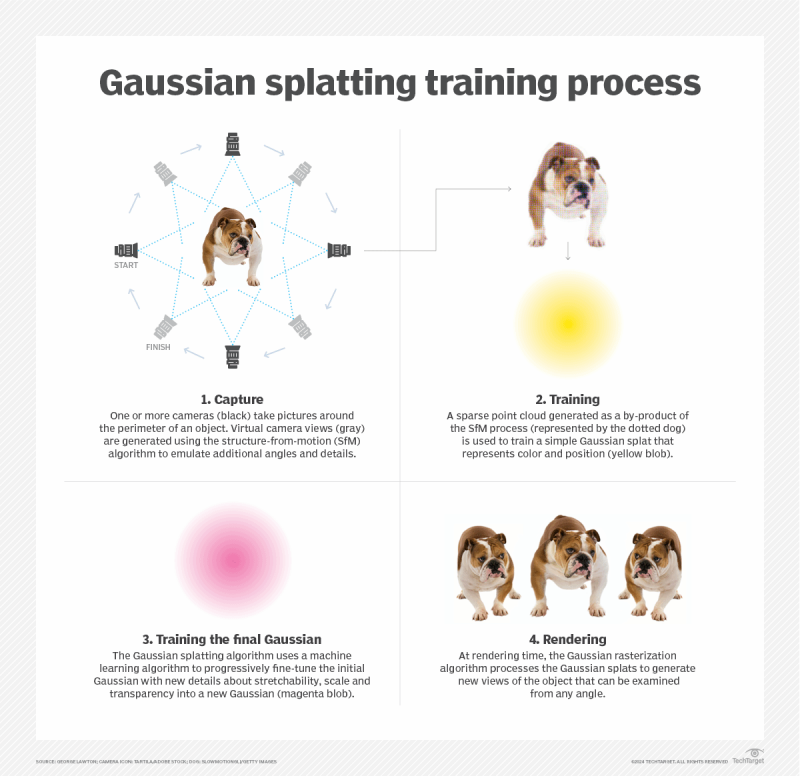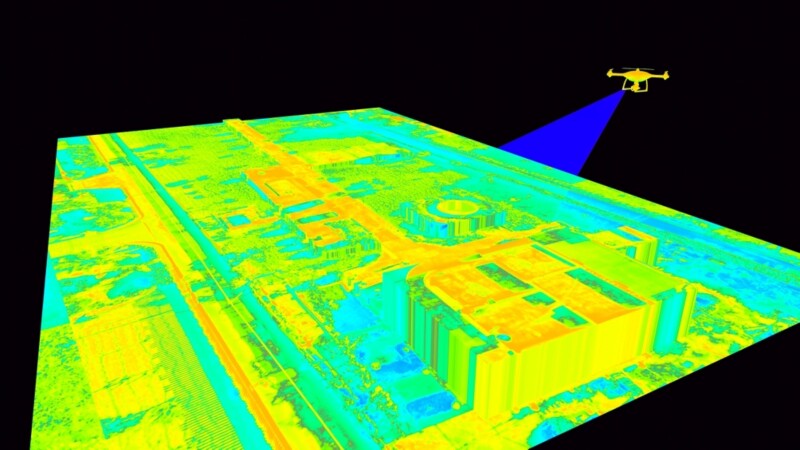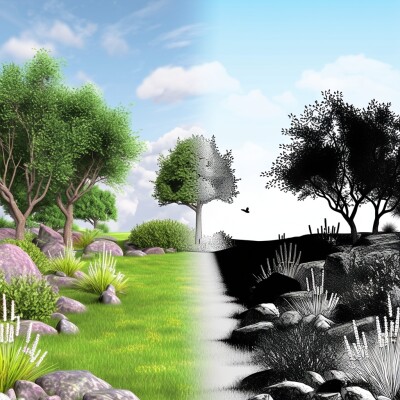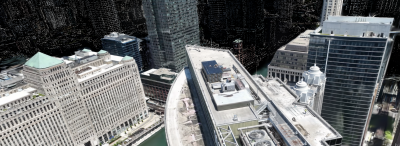At Geo Week 2024, for the second consecutive year the Exhibit Hall Theater hosted a session focused on innovations around NeRFs and Gaussian Splats and how they’re changing the world of 3D scene rendering. And for the second straight year, it was among the most crowded sessions in the theater, with standing room only capacity. Judging from this repeat performance, there is a vast amount of interest in these tools from the community, and professionals are eager to learn more about fundamentals, use cases, and what the future could potentially look like.
A big part of that, of course, is that so many people are still learning about these processes, and conferences like Geo Week are the place where this education happens. However, it’s also true that real-world use cases for them, particularly in field operations, are still sparse. That’s beginning to change, though. Last year, we spoke with Alteia, a French company who are using NeRFs for specific infrastructure inspection workflows. With Gaussian Splats, recent activity on social media has shown that the recent people are starting to find ways to utilize this technology, a trend that should only continue in the years to come.
It’s worth starting at the very top level with a basic definition of what Gaussian Splatting is. Introduced less than a year ago, at its most basic it is a 3D rendering technique that produces 3D scenes that can be viewed at significantly higher speeds than other similar techniques, all without using a neural network. This all happens with a series of images that is turned into a sparse point cloud using structure-from-motion, with each point then being converted into overlapping Gaussian splats before a training process uses gradient descent to fill in additional details and rasterization produces the final mesh. This image from Techtarget provides a good overview of the process.

Despite the still very nascent stages of this technique for 3D rendering, we are already starting to see some use cases and products pop up around Gaussian Splatting. For example, 3D intelligence company XGRIDS, who says they are committed to “bridging the physical and digital worlds to create a better future for both,” recently released their Lixel CyberColor (LCC) 3D content generation system. LCC utilizes Gaussian Splatting to render 3D data, with an SDK for developers expected to be released soon. On their website, the company says their algorithm reduces model size by 90 percent compared to the open-source 3DGS algorithm. See their LinkedIn announcement below for a video explanation.
We’ve also seen Gaussian Splatting utilized in recreating scenes with the use of video from outside sources. On LinkedIn, there have been a number of examples of people and companies taking drone footage from Baltimore following the tragic allision between a cargo ship and the Francis Scott Key Bridge and rendering a high-quality 3D scene. See one example below, this one from Helios Visions who created the scene using a seven-minute video from the National Transportation Safety Board.
Gaussian Splatting and engines created around it are already improving at a rapid rate, and there’s no indication that this will slow down. We’re already seeing numerous companies release products around it, and the interest at Geo Week from professionals who work with this data on a daily basis was palpable. In less than a year, we’ve already seen tremendous progress be made. One can only imagine the progress that will have been made by the time we get to Geo Week 2025.






